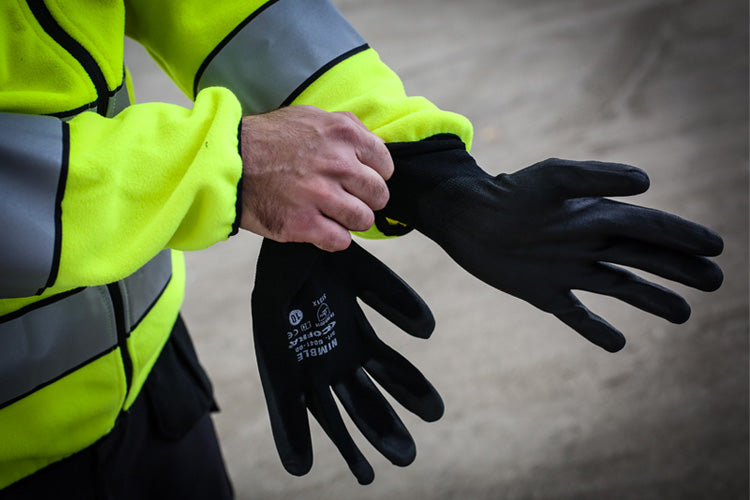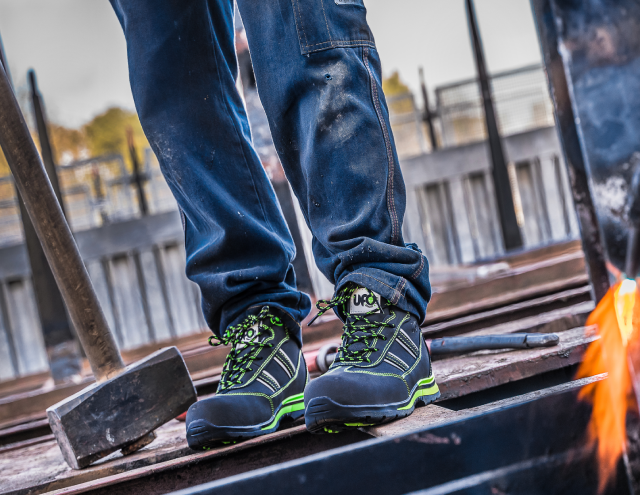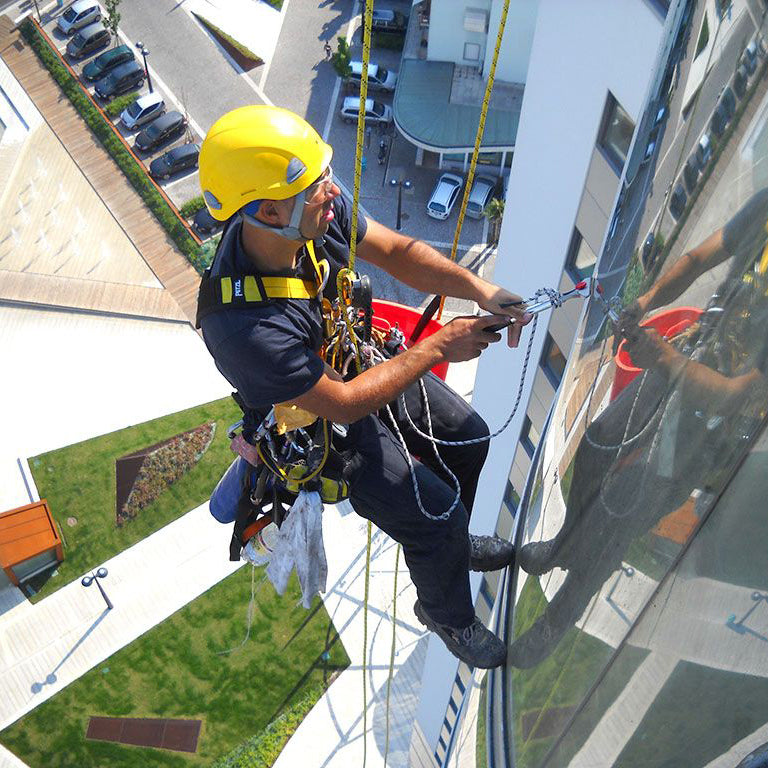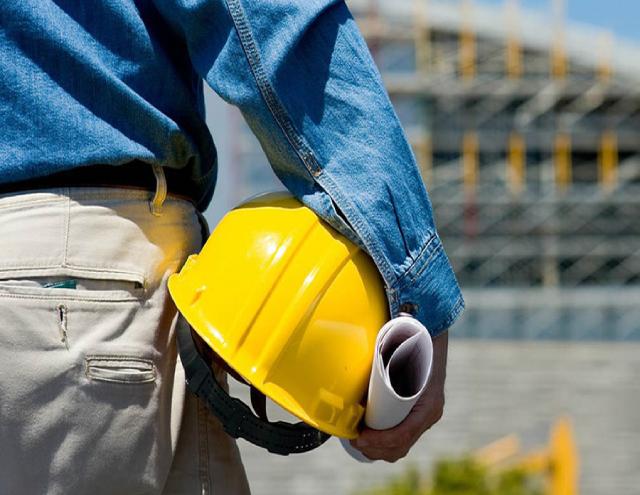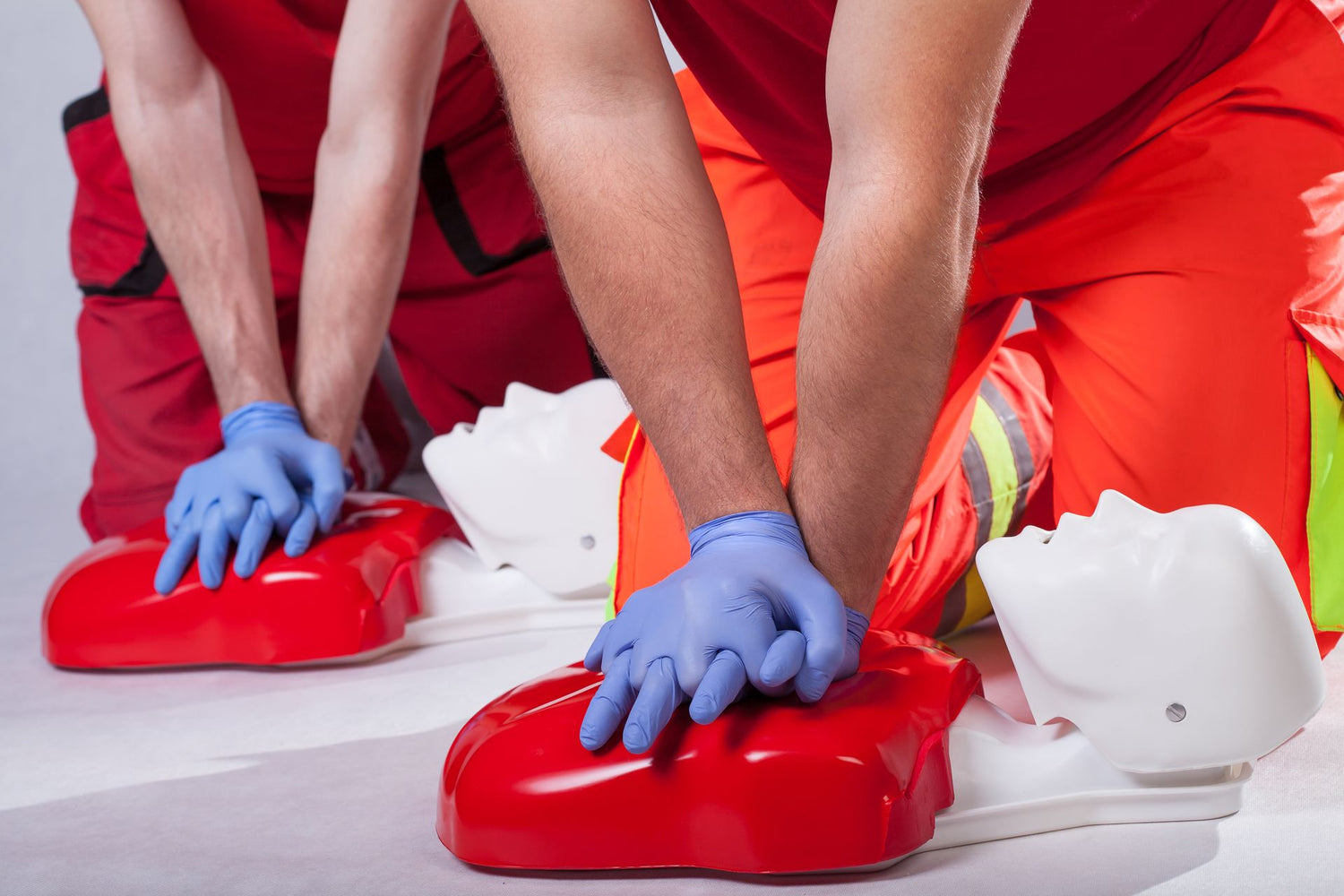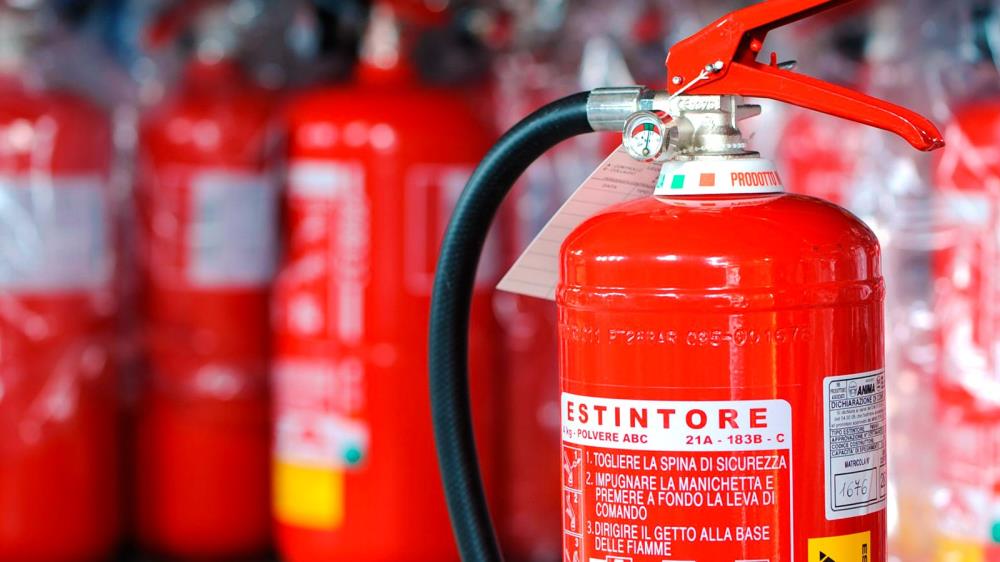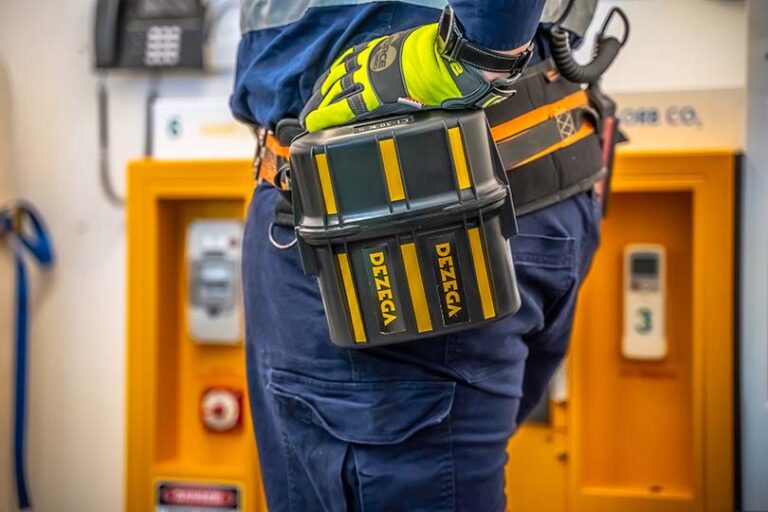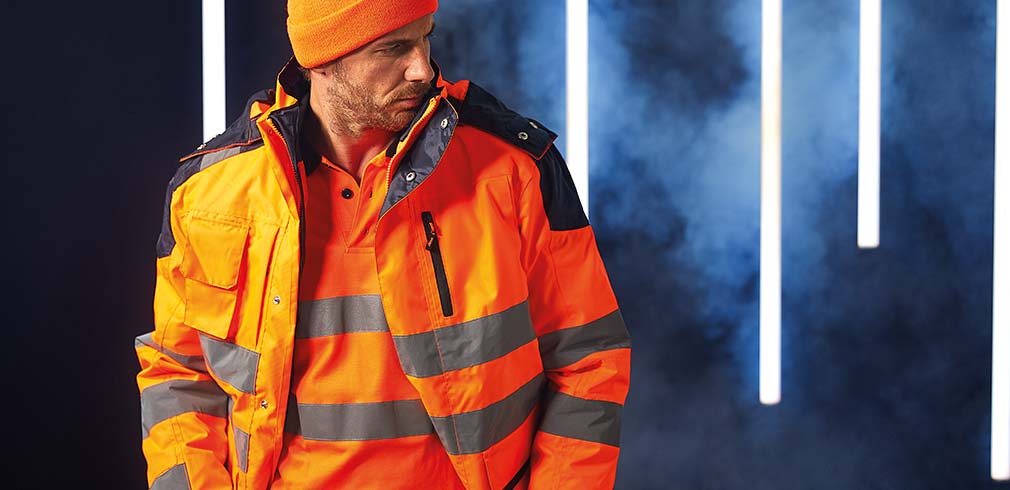The use ofhearing protectors is a very important part of personal protective equipment as prolonged exposure in workplaces to high-intensity and frequency noise can be harmful to workers' hearing. In this particular article we will analyze the main categories of hearing protection products, some useful tips and the importance of prevention and compliance with European safety standards .
What are the main categories of hearing protectors?
When choosing the right hearing protection equipment we need to include 3 main factors, the working environment , the noise produced and the type of work we do . Taking into account these 3 parameters, we can be sure that the final product we choose will be fully adapted to our needs. Below we present the two main categories of hearing protectors:
-
Work headphones
Work headsets are designed to offer full, all-round protection. As mentioned above, it is necessary to choose the appropriate work headphones, which are suitable for the work environment in which we find ourselves, since the work environment indicates the noise protection levels (dB) that our work headphones should have. Work.
-
Work earplugs
Work earplugs are used quite often by many workers as they are extremely easy to carry around. Like working headphones, earplugs fit snugly over the entire surface of our ear, offering complete protection. The most common work earplugs are made from polyurethane foam (PU) and thermoplastic elastomer (TPR). Finally, each working headset provides different levels of noise protection (dB).
What noise levels pose a risk to hearing?
Using a sander or drill can cause severe hearing loss in less than 7.5 minutes if the worker is not equipped with adequate hearing protection. With the use of proper hearing aids, the time increases to 8 hours.
"Any noise above 115dB has the potential to cause severe hearing loss, regardless of exposure time."
What do we know about the SNL index?
SNL stands for Single Attenuation Index and was created to indicate the different levels of noise protection offered by work headphones and earplugs.
For example, if the average noise level in a room is 99dB and SNL is 19dB, the noise exposure that will reach our ears is 80dB (99-19=80).
Therefore, the higher the SNL attenuation index , the greater the noise protection of our ears. Finally, the SNL index corresponds to three levels of noise frequencies, L=low , M=medium and H=high .
5+1 tips for hearing protection in the workplace...
Starting with the basics, employers must providehearing protectors to workers when they are exposed daily or weekly to noise levels greater than or equal to 85dB.
Consequently, in workplaces with daily or weekly noise levels greater than or equal to 80dB, employers should provide key information and training to employees about the potential risks of exposure to high noise levels, as well as how to deal with them.
But what are the actions and precautions to take to eliminate the risks of hearing loss in the workplace?
- Performing a sample audit of workplace noise levels.
- Detection and measurement of high noise levels in space.
- Inform staff of high risk noise levels.
- Selection of suitable and quality hearing protectors for workers.
- Definition of basic rules and procedures to be followed by employees.
- Adequate and thorough training of staff on the use of hearing protection equipment.


